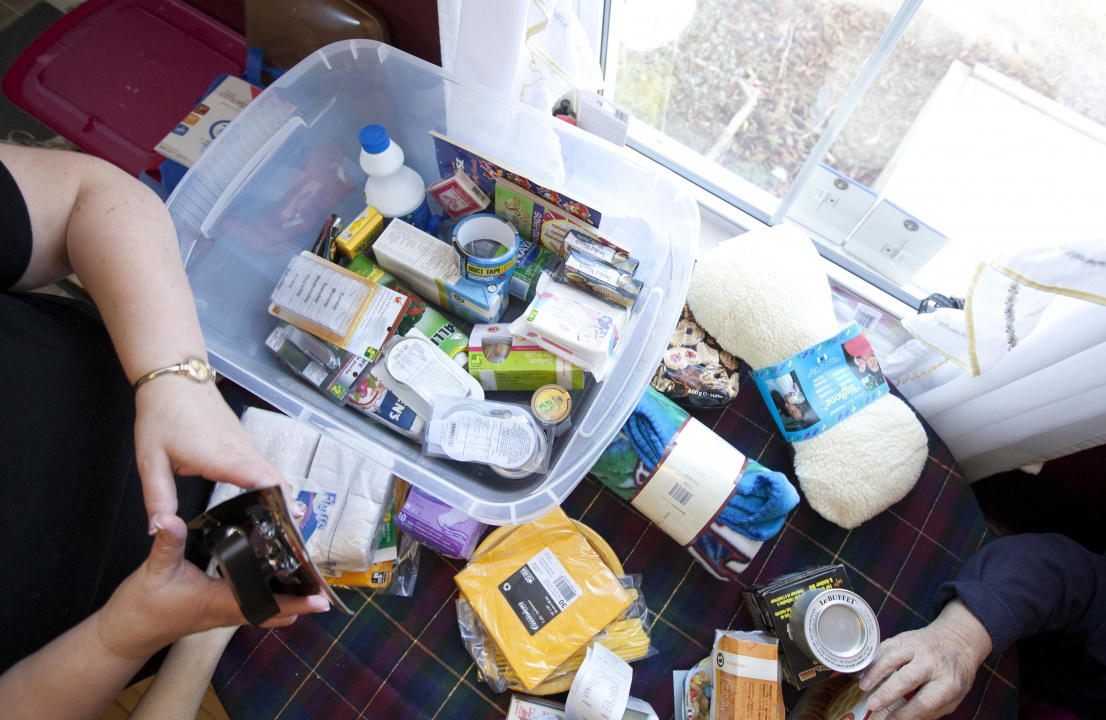Nova Scotians Encouraged to be Prepared for Emergencies

Nova Scotians are encouraged to have an emergency kit ready with supplies for at least 72 hours in case they lose power or running water following an emergency such as a wildfire or major storm. (Province of Nova Scotia / File)
Emergency Preparedness Week is May 4-10, and Nova Scotians are encouraged to prepare themselves and their household for emergencies.
“An emergency can happen at a moment’s notice, which is why it’s important to be prepared. Whether it’s a hurricane, flood or wildfire, people need to have a household plan to prepare for evacuations, power outages or damage to their homes. It’s also a good time to check on your neighbours to see if they’re ready for an emergency,” said Kim Masland, Minister of Emergency Management. “Before an emergency happens, people should know the risks, make a plan and discuss it as a family, and build a grab-and-go kit to make sure they’re ready in the event of an emergency.”
Nova Scotians should be prepared for at least 72 hours without power or running water following an emergency such as a wildfire, hurricane or significant winter storm. People should have an emergency kit on hand as well as access to important personal documents.
A home emergency kit can be stored in a duffel bag or a plastic bin and should include the following items:
- an emergency plan
- at least six litres of water per person (two litres per day)
- canned and dry foods that won’t spoil and can be eaten without cooking
- manual can opener
- first-aid supplies
- at least a three-day supply of prescription medicines
- wind-up or battery-powered flashlight
- wind-up or battery-powered radio
- extra batteries for the flashlight and radio
- money in small bills
- copies of important documents such as driver’s licence, birth certificate, passport, will and insurance papers.
It is also important for people to keep their vehicle’s gas tank full and cell phones fully charged. People with pets may wish to include pet food in their emergency kit. People are also encouraged to connect with their home insurer to understand what their insurance plan covers in the event of damage, such as flooding.
As part of Emergency Preparedness Week, a test of the national Alert Ready system will take place on Wednesday, May 7, at 1:55 p.m. Every compatible mobile device in the province will receive the test alert. The alert message will be identified as a test and will not require people to take action. The Department of Emergency Management sends test alerts twice a year on cell phones, TV and radio.
Quick Facts:
- Premier Tim Houston proclaimed May 4-10 as Emergency Preparedness Week in Nova Scotia
- hurricane season runs from June to November, with Nova Scotia typically experiencing peak storm activity in late August and September
- municipalities are responsible to have an emergency management plan in place and lead the response to events in their areas
- the Nova Scotia Guard, made up of volunteers from across the province, was announced in March 2024 to help communities during and after emergencies; to date, more than 1,800 people have signed up
- daily burn restrictions are updated every day at 2 p.m.
Additional Resources:
Tips on preparing an emergency kit: https://novascotia.ca/emergency-education/docs/emergency-kit-checklist-en.pdf
Tips on making an emergency plan: https://novascotia.ca/emergency-education/docs/emergency-plan-checklist-en.pdf
Safety tips for power outages: https://novascotia.ca/emergency-education/docs/power-outages-en.pdf
Information on volunteering for the Nova Scotia Guard: https://nsguard.ca/
Daily burn restrictions: https://novascotia.ca/burnsafe/
Alert Ready system: https://www.alertready.ca/